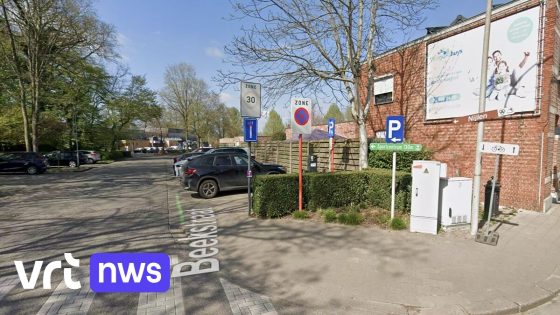The decline of traditional fairs in Belgium is raising eyebrows among locals and event organisers alike. As of 2025-07-14 15:54:00, many have noticed fewer foorkramers—those classic fair stallholders—participating in summer events. This shift affects the vibrant atmosphere that Belgian towns usually enjoy during the festival season.
- Festivals and cities attract more fair stalls
- Foorkramers might take vacations in July
- Free standing places offered with facilities
- Attendance depends on foorkramers' willingness
- Currently, only Palm Sunday fairs remain
One organiser shared, “I have no explanation. Festivals and cities now also attract foorkramers and offer space at their events. Maybe the stallholders take holidays in July themselves, I don’t know.” Despite offering free pitches with full facilities, the usual fair traders seem less eager to join, leaving mainly Palm Sunday fairs active.
Why are these traditional fairs dwindling? And can Belgium’s rich kermis culture survive this changing landscape? The answers may lie in evolving event dynamics and the choices of the foorkramers themselves.
Is this trend a sign of changing leisure habits or logistical challenges? The situation suggests several factors at play:
- Festivals and cities increasingly accommodate foorkramers, competing with standalone fairs.
- Foorkramers may prefer to take breaks during July, reducing their availability.
- Free stands with full facilities are available, but stallholders must choose to participate.
- Only Palm Sunday fairs currently sustain traditional fair activity.
Looking ahead, organisers and local authorities might need to collaborate more closely to revive interest and participation in traditional Belgian fairs. Could innovative approaches or incentives encourage foorkramers to return and keep these cherished events alive?






























